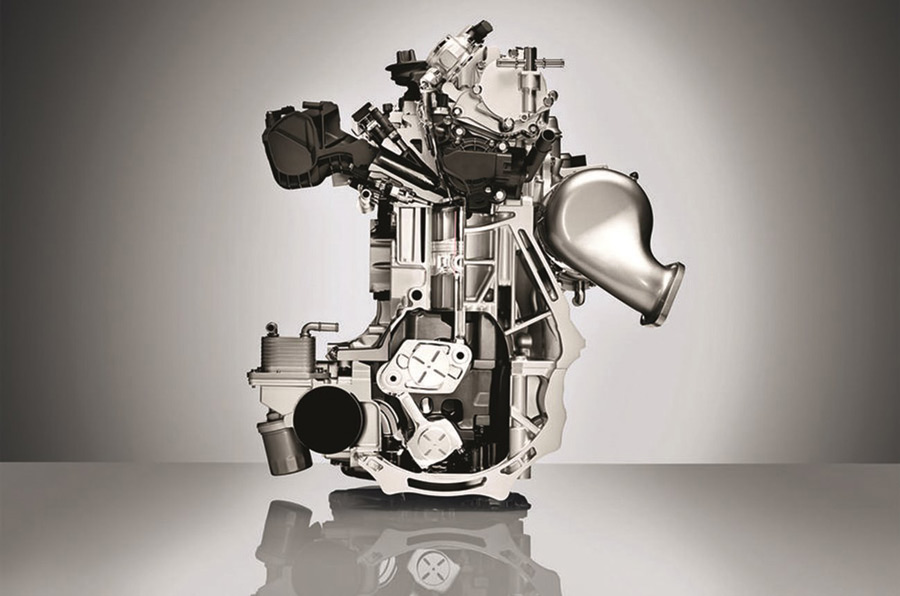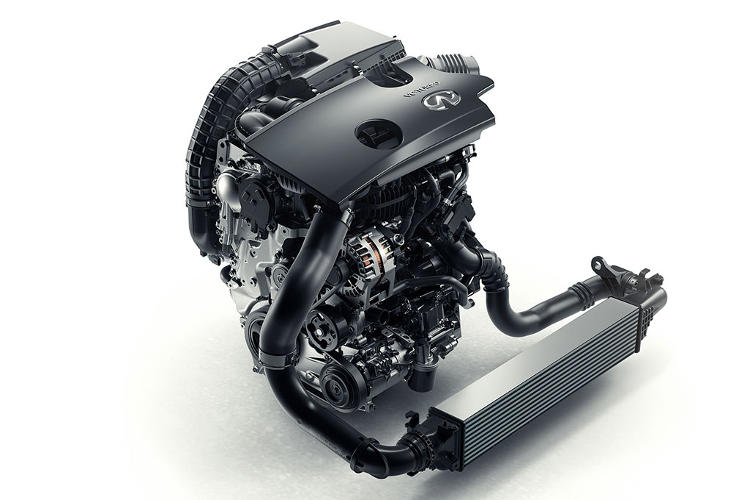Nissan uses turbocharged turbocharged technology in the Mk6 Altima and Infiniti QX50, which allows it to change the compression ratio during operation and increase power and efficiency.
Almost since the existence of engines, engineers have tried to perfect engines with variable pressure (compression); So far, however, only Nissan has managed to produce a model of it. Turbo Variable Compression Technology (VC-T) does exactly what many have failed to do. In other words, this technology changes the propulsion density ratio during operation.

The compression ratio is the product of dividing the brushed volume of a cylinder (the part of the cylinder that the piston sweeps) by the brushed volume plus the volume of the combustion chamber (unbrushed volume). The combustion chamber at the top of the cylinder is where the fuel and air are compressed and ignited by the piston
The higher the pressure in this chamber, the more efficient the combustion and the more power is generated. However, overpressure also has its drawbacks. Excessive pressure instead of uniform (optimal) combustion will cause the fuel-air mixture, or so-called propulsion, to explode prematurely. This condition is unfavorable and could potentially cause the engine to malfunction

By increasing the octane level of gasoline, knocking can be prevented and it can be ignited more slowly or the spark can be repelled. Thus, the fuel burns while the piston is moving downward during the combustion phase, reducing the pressure in the cylinder. This can be done by using impact sensors to detect the onset of knocking; But this will reduce the efficiency and power of the propulsion
When the turbocharger is added to the propulsion, the equation becomes even more complicated. The turbocharger puts pressure on the inlet air and increases the pressure in the combustion chamber. Early turbocharged engines had a relatively low compression ratio to keep the combustion chamber pressure below the impact threshold as the compression increased. One of the downsides of using a turbocharger was that it affected the performance and efficiency of the propulsion system and caused delays. Modern impact sensors produce higher mechanical compression ratios; But the ideal is for the mechanical compression ratio to change during propulsion operation
Many methods have been tried to improve this situation. Per Gilbrand, a former powertrain genius at Saab, hinged a drive block from the middle to the top half and, like an accordion, caught the bottom leak and completely isolated it. By shaking the upper half of the block using electronic devices and a cam, the combustion chamber at the top of the block moved up and down in front of the crankshaft and pistons. This plan answered; But it was probably not practical
Another example was a two-stroke engine designed by Lotus Engineering. This propulsion system, called the omnivore or omnivore, can adapt to different fuels by changing the compression ratio. The small, piston-like disc in the cylinder head moves in and out to create a larger or smaller combustion chamber volume
None of these engines and ideas were produced; But Nissan VC-T technology was used in the powertrain of the Mk6 Altima and Infiniti QX50. Each piston connecting rod is connected to the clamp by a hinge connection, and by controlling that connection, the pistons go up or down through a series of joints. As the piston rises, the compression ratio increases to 1:14, which improves performance. As the piston goes down, the compression ratio reaches 1: 8, increasing the power output of the turbocharger. This idea is a bit complicated, but at the same time clever; Although still used in small cars